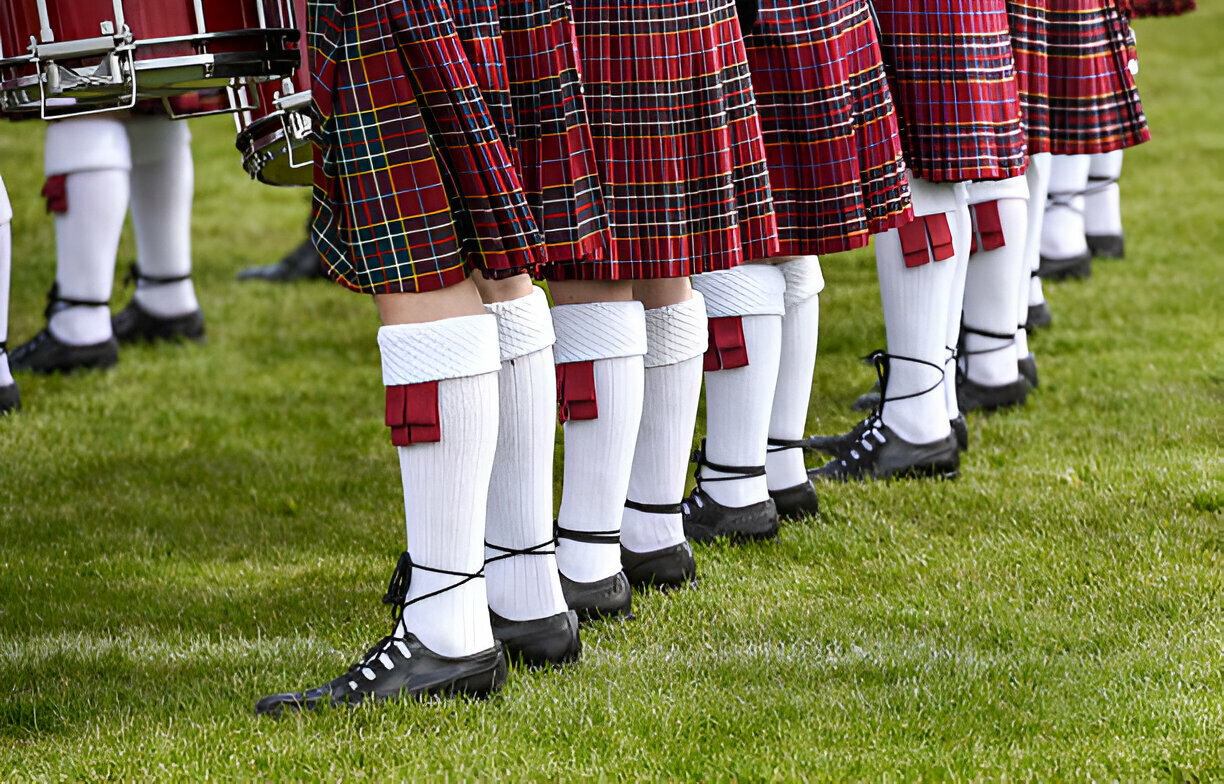Introduction:
Just Fabric It’s a Cultural Identity
Embodying centuries of tradition and heritage, kilts are more than mere fabric; they represent a profound cultural identity. Worn with pride by Scots around the world, kilts symbolize resilience, honor, and unity. Each tartan pattern tells a unique story, reflecting clan affiliations, regional loyalties, and familial connections.
A Symbol of Scotland:
At first glance, a kilt may appear as just a garment, but to those with Scottish roots, it represents much more. The kilt is synonymous with Scotland’s rugged landscapes, ancient clans, and storied history. It’s a tangible link to the past—a reminder of the struggles and triumphs that have shaped Scottish identity over the centuries.
Roots in Tradition:
The origins of the kilt can be traced back to the Gaelic-speaking clans of the Scottish Highlands, where it served as both a practical garment and a symbol of clan allegiance. Woven from wool and adorned with distinctive tartan patterns, the kilt became a marker of social status, kinship, and identity within Scottish society.
A Cultural Identity:
For Scots around the world, wearing a kilt is more than just a fashion statement. It’s an affirmation of their cultural identity. Whether worn at weddings, ceilidhs, or Highland games, the kilt serves as a proud symbol of Scottish heritage, connecting wearers to their roots and fostering a sense of community and belonging.
Passing Down Traditions:
The tradition of wearing kilts is often passed down from generation to generation. With each family preserving their own tartan and customs. From learning to tie the intricate folds of the kilt to understanding the significance of clan crests and tartan patterns. The kilt represents a tangible link to ancestral traditions and values.
Embracing Diversity:
While kilts are deeply ingrained in Scottish culture, they are also celebrated by people of diverse backgrounds and nationalities. In an increasingly globalized world, the kilt serves as a bridge between cultures, fostering cross cultural connections and appreciation for Scotland’s rich heritage.
Conclusion:
As we reflect on the cultural significance of kilts. It’s clear that they are more than just pieces of fabric they’re living symbols of Scottish identity, tradition, and pride. Whether worn by Scots or admirers from afar. The kilt continues to weave a thread of connection, uniting wearers in a shared celebration of heritage and belonging. So the next time you see a man in a kilt, remember that it’s not just clothing . It’s a testament to the enduring spirit of Scotland and the timeless allure of its cultural legacy.
Last modified: January 31, 2025




